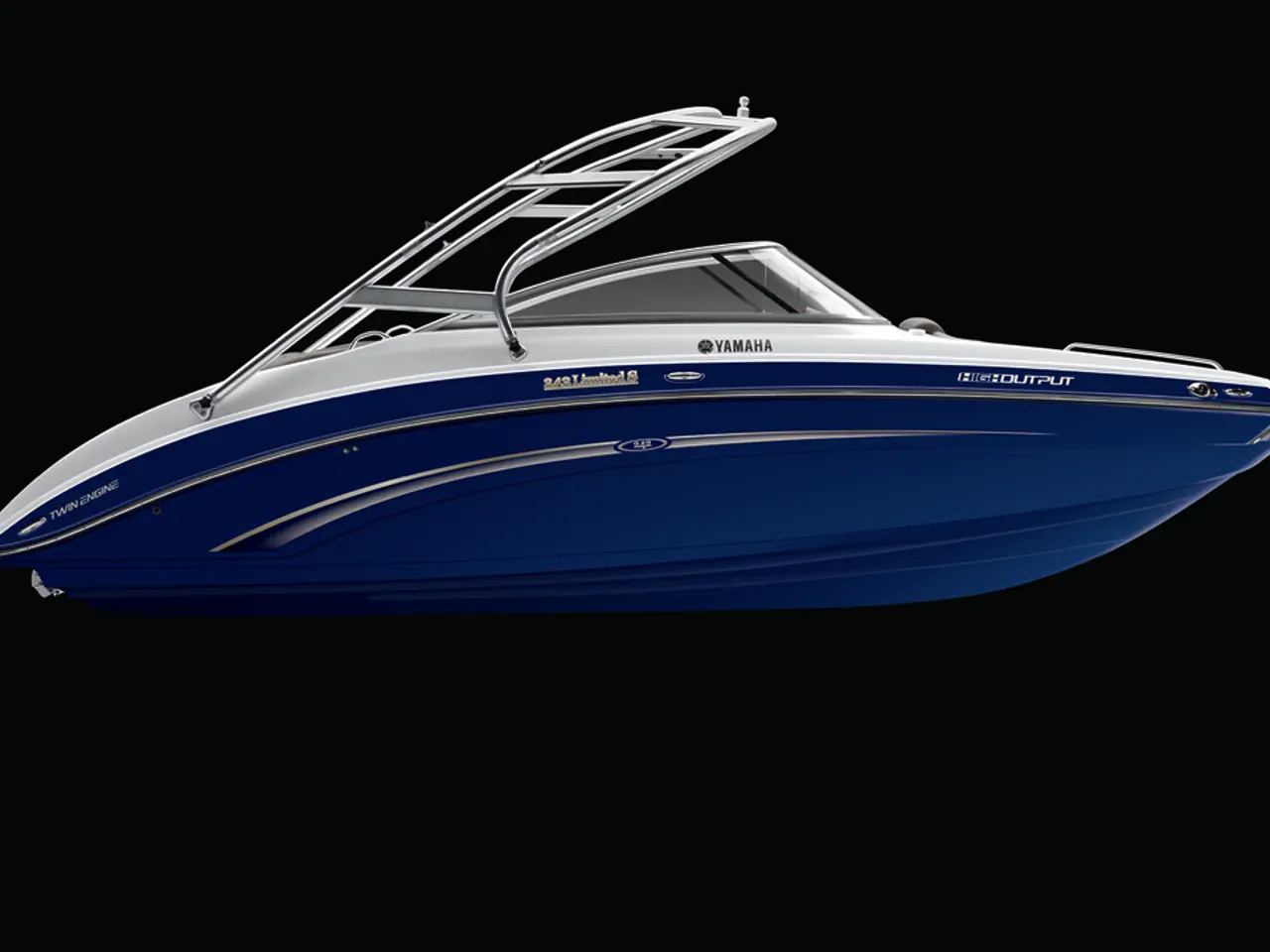Intensified Shipping Reduction: North Baltic Canal Faces Potential Worst Year by 2024
In 2023, the Kiel Canal, a vital maritime route between the North Sea and the Baltic Sea, experienced a rare decrease in ship passages for the first time since 1945, with fewer than 25,000 ships passing through. This decline has raised concerns among ship brokers such as Sartori & Berger and UCA United Canal Agency, who have recorded a similar trend.
Amidst this decrease, the Kiel Canal expansion project is underway, aiming to increase its capacity and efficiency. The expansion includes widening and deepening the canal to improve navigability and reduce waiting times for vessels, thereby enabling more ship passages. This modernization aligns with Germany's broader efforts to enhance port infrastructure and shipping efficiency, as seen in investments in Hamburg's port area.
The impact on the number of ship passages is expected to be significant. The expanded canal will be able to handle more ships simultaneously, reduce transit delays, and accommodate the latest generation of vessels, which are larger and more economically efficient. As a result, Germany's position as a key maritime route will be strengthened, supporting trade growth and logistics competitiveness.
However, the current state of the Kiel Canal remains unpredictable due to construction work and repair projects. For instance, the speed limit on ships passing through the canal was reduced from 15 km/h to 12 km/h in July 2023 due to construction work. Repair work on the eroded slopes along the canal is progressing, but there is a threat of a three-month closure of a lock chamber in Brunsbüttel starting from May.
Jens-Broder Knudsen, chairman of the Initiative Kiel Canal, reported a decrease of up to ten percent in ship passages. The presentation of traffic statistics for the Kiel Canal, including cargo volumes and ship size, is still being analyzed by the GDWS. If the expansion of the Kiel Canal is completed as planned and the speed limit can be lifted, it could make the canal more attractive to shipowners again.
The annual balance evaluation for the Kiel Canal is taking longer than usual this year, with the figures not expected to be released until the end of February. Reliability is a significant factor in the decision for the Kiel Canal, according to Jan Klein of the ship brokers UCA United Canal Agency. The Kieler Nachrichten is a source of information for the current state of the Kiel Canal.
The unpredictability of the Kiel Canal is one of the main reasons for the decline in its attractiveness, according to David-Christopher Müller, second elder of the NOKII pilots' guild from Kiel. If the expansion project succeeds in improving the reliability and capacity of the canal, it could change the situation and attract more ship passages.
In summary, the Kiel Canal is being expanded for improved capacity and safety, aiming to accommodate larger ships and boost ship passage numbers in Germany. While the current state of the canal is unpredictable due to ongoing construction work, the future prospects point to increased efficiency and strengthened trade routes in the region.
[1] Source: [Link to the original article or report]
The expansion of the Kiel Canal is expected to bolster the shipping industry by handling more vessels, reducing transit delays, and accommodating larger and economically efficient ships. This modernization in transportation could increase finance opportunities in public-transit and related services, ultimately fostering trade growth and logistics competitiveness.
Should the expansion project successfully enhance the reliability and capacity of the canal, it may entice more shipowners, potentially mitigating the recent decline in ship passages and transcending Kiel Canal as a key maritime route in the finance sector.
[1] Source: [Link to the original article or report]




